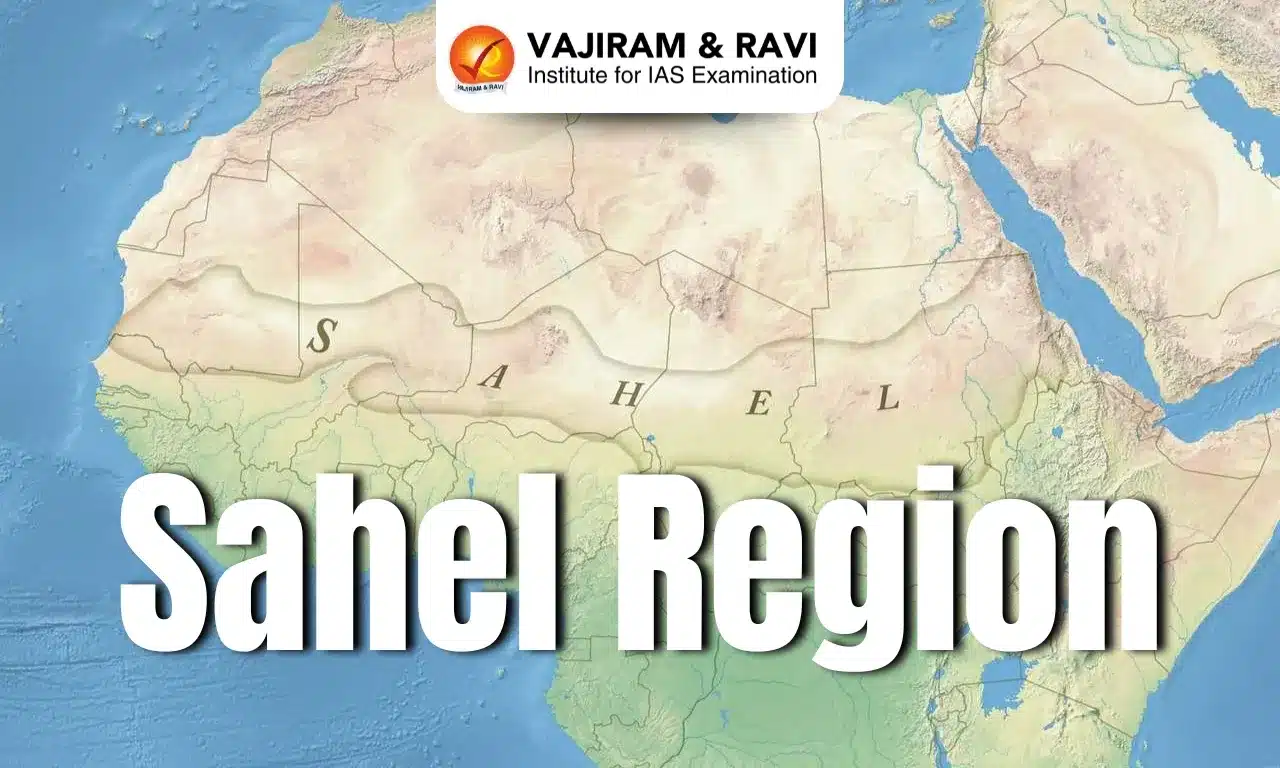About Venus:
- Venus the second planet from the sun, is the hottest and brightest planet in the solar system.
- Venus is highly visible from Earth due to its reflective clouds.
- Venus and Earth are often called twins because they are similar in size, mass, density, composition and gravity.
- With respect to other planets, Venus and Uranus spin backwards which means for these two planets, the sun rises in the west and sets in the east.
What are the findings of the Magellan spacecraft?
- A 2.2 square kilometre volcanic vent on Venus changed shape in eight months, indicating volcanic activity.
- It showed signs of drained lava, hinting at activity and eight months later, radar images indicated that the same vent had doubled in size and the lava lake seemed to have reached the rim.
- The vent is associated with Maat Mons, Venus’s second-highest volcano.
- It sits in the Atla Regio, a vast highland region near Venus’ equator. These changes were likely due to lava flow escaping the vent, hinting at a possible volcanic activity.
Key facts about the Magellan spacecraft
- It was one of the most successful deep space missions of NASA.
- It was the first spacecraft to image the entire surface of Venus and made several discoveries about the planet.
Q1) What is Earth’s equator?
An equator is an imaginary line around the middle of a planet or other celestial body. It is halfway between the north pole and the south pole, at 0 degrees latitude. An equator divides the planet into a northern hemisphere and a southern hemisphere.
Source: Venus’ volcanoes may be active, show decades-old radar images
Last updated on July, 2025
→ UPSC Notification 2025 was released on 22nd January 2025.
→ UPSC Prelims Result 2025 is out now for the CSE held on 25 May 2025.
→ UPSC Prelims Question Paper 2025 and Unofficial Prelims Answer Key 2025 are available now.
→ UPSC Calendar 2026 is released on 15th May, 2025.
→ The UPSC Vacancy 2025 were released 1129, out of which 979 were for UPSC CSE and remaining 150 are for UPSC IFoS.
→ UPSC Mains 2025 will be conducted on 22nd August 2025.
→ UPSC Prelims 2026 will be conducted on 24th May, 2026 & UPSC Mains 2026 will be conducted on 21st August 2026.
→ The UPSC Selection Process is of 3 stages-Prelims, Mains and Interview.
→ UPSC Result 2024 is released with latest UPSC Marksheet 2024. Check Now!
→ UPSC Toppers List 2024 is released now. Shakti Dubey is UPSC AIR 1 2024 Topper.
→ Also check Best IAS Coaching in Delhi















